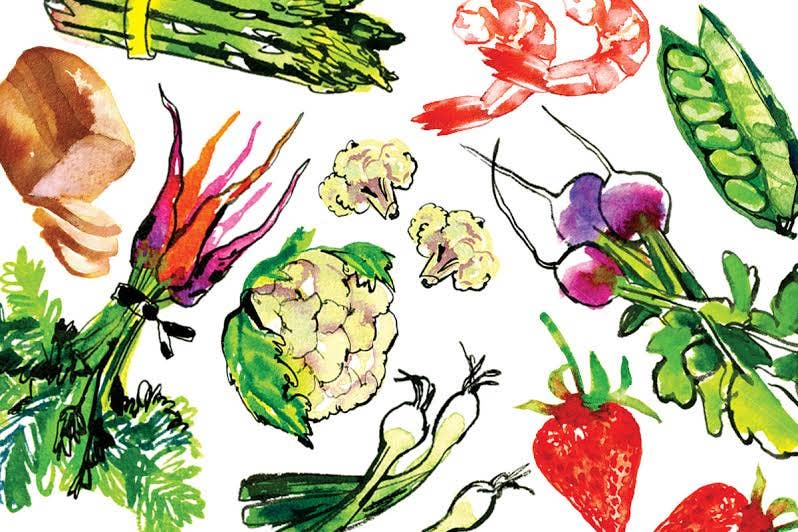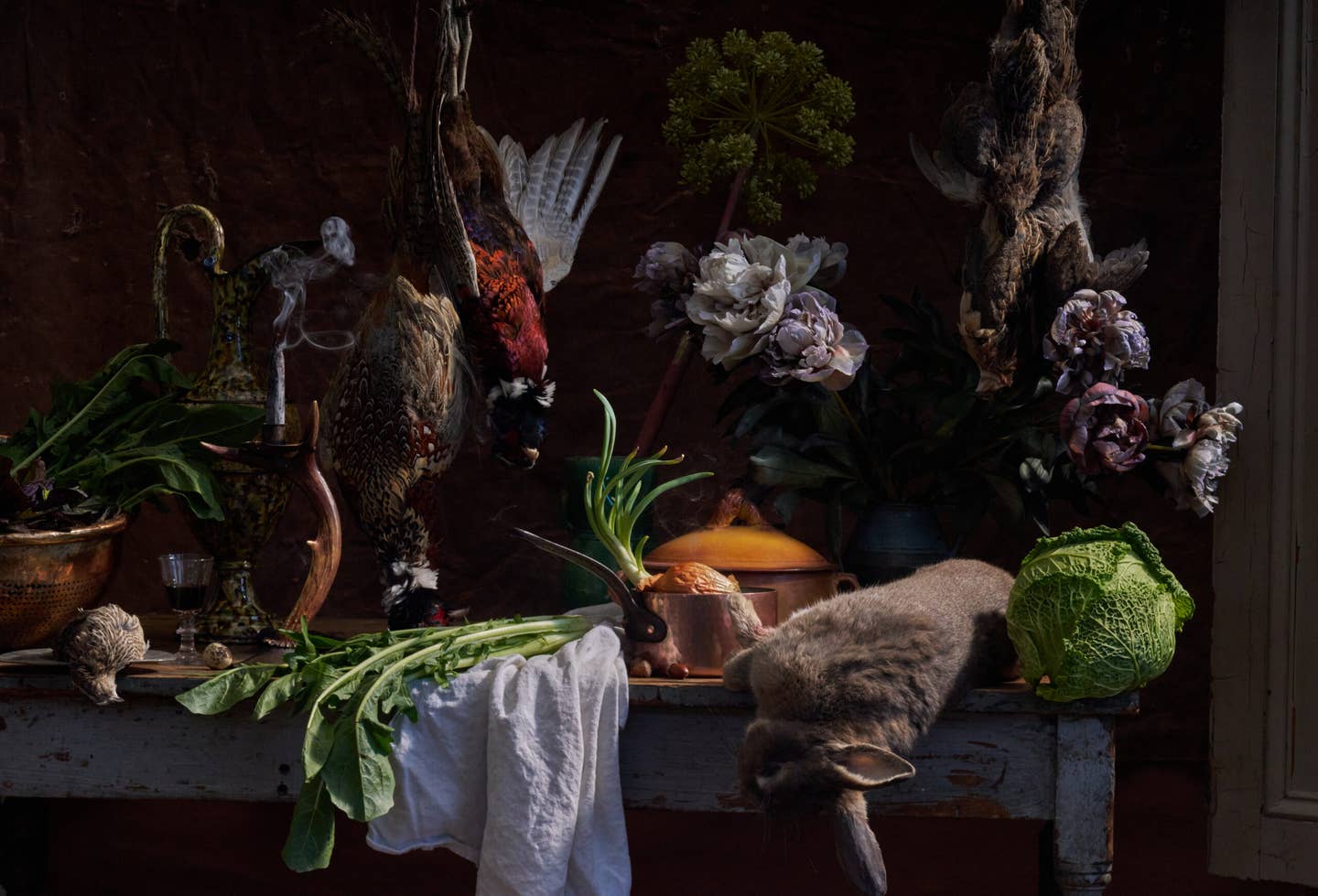
Foods of Faith
The date made famous by Columbus's voyage to America, 1492, resonated with infamy for Spanish Jews and Muslims. For nearly eight centuries, they had coexisted peacefully with Christians under the rule of various Muslim dynasties; but that year, an adamantly Catholic Spain expelled them as heretics from the Iberian Peninsula. Conversos—Jews and Muslims who had converted to Catholicism—were allowed to stay, but they led precarious lives: Christian suspicion of the sincerity of their conversions lead to their imprisonment, even torture and execution. Jews who practiced their religion clandestinely were known as crypto-, or secret, Jews, and they hung onto their beliefs and culinary traditions with courage and pride, struggling to maintain their cohesion and evade the Inquisition.
Other than that it retained symbolic as well as nutritional value to them, very little is known about the food eaten by the crypto-Jews of Spain—which makes_ A Drizzle of Honey: The Lives and Recipes of Spain's Secret Jews_ quite remarkable. Because no medieval Jewish cookbooks exist today, authors David M. Gitlitz and his wife, Linda Kay Davidson, both of whom teach Spanish at the University of Rhode Island, had to turn to other sources for their research—including trial testimonies from the Inquisition, which often cited culinary customs as evidence of crypto-Jewish behavior. Traditions like finishing a dish with a drizzle of honey (hence the book's title) revealed the cook to be Jewish, as did koshering meat, avoiding foods (like shellfish and pork) that were banned by Jewish dietary law, and preparing special dishes for the Sabbath and other holidays.
Reading court documents over a period of two decades, Gitlitz found about 90 brief references to Jewish cooking in Iberia and its colonies, and manipulated those meager and inexact reports into recipes that can be cooked in a modern American kitchen. For example, a 1523 testimony tells us only that the accused on ''Friday night cooked meatballs and another stew pot of Swiss chard with its spices and chickpeas''. In Gitlitz and Davidson's hands, this becomes an 11-step meatball stew recipe enriched with helpful cooking tips. The authors freely admit to experimentation, but they have done the kind of research necessary to make very good educated guesses, analyzing several ancient and medieval cookbooks whose provenances range from first-century Rome to 13th-century Baghdad to 14th-century Paris. They also include, along with each recipe and the testimony on which it is based, the story of the ill-fated cook. Beatriz Nuñez, for example, brought before the Inquisition in 1485, was denounced by one of her own maids for making a Sabbath stew; she was later burned alive as a heretic.
The foods these Spanish Jews cooked owed much to the culinary sensibilities and aesthetics of their longtime Islamic rulers. Rice, artichokes, and saffron—just a few of the items imported from the Arab world—appear in many of the book's recipes. The Islamic penchant for coloring foods also influenced Iberian cooking, and we see it here in a recipe called Diego Enriquez's carne con yerbabuena, a beef stew tinted green with a copious amount of mint and parsley.
Culinary history in the form of cookbooks is in its infancy, and most of it has not ventured beyond the collecting of historical factoids. But A Drizzle of Honey is a culinary history you can sink your teeth into. It sheds light on medieval Jewish culinary culture, has intriguing recipes, and offers careful and attentive scholarship. The authors back up their claims solidly, quote sources accurately, and end with extensive notes and bibliography. Lest my praise seem too effusive, though, allow me some quibbles: One source used, a writer named Beinart, is not in the bibliography. And it's not true, as the authors claim, that the Arabs introduced the chickpea to Spain; it grew all over the Mediterranean in ancient times. Also, the authors argue that since medieval cookbooks relied heavily on spices, heavy spice use must have been common. But these cookbooks were written for the rich, and spices were too expensive to be used lavishly by ordinary people. Another problem: There are no maps, and this book begs for them. Lastly, many of the recipes make for more fascinating reading than they do satisfying eating.
Despite these quibbles, this penetrating work may be the best historical Jewish cookbook yet written—and it is certainly a must for anyone who heeds this ancient Muslim proverb: Of the good things of this world, the Muslims enjoy most sex; the Christians, money; the Persians, status; and the Jews, food.
Keep Reading
Continue to Next Story










